R: Racing Evolution was an earnest attempt by Namco to turn an arcade racing series into a memorable console franchise. It did not have violence, zombies, monsters, aliens or even high-profile voice actors like other genres. What it did have however was a solid driving experience and a unique plot. The game could be played in the traditional arcade mode where cars could be raced on a variety of tracks in shorts increments. The heart of the experience however was called the Racing Life mode. In it players assumed the role of Rena Hayami a young EMT driver for Ridge City. At the start of the game she is rushing an unknown race car driver and his team captain Stephan Garnier to the Ridge City hospital.
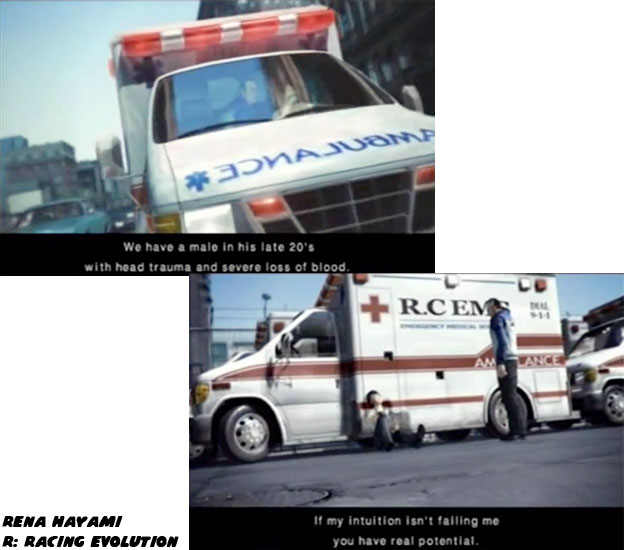
The driver had severe head trauma and Stephan feared that he might die on the way to the hospital. He asked if Rena knew of any shortcuts. She did and decided to cut down alleyways and side streets to bypass all of the traffic. Her actions potentially saved the life of the unknown driver and impressed Stephan. In fact he was so impressed that he offered her a spot on his racing team. It didn't take long for Rena to accept his offer. It was a bold and refreshing change of pace that the star of the racing game would be a female character. The team at Namco was really taking a chance. The majority of video game heroes (and race car drivers) were mostly men. The addition of a back story with Rena acting as an ambulance driver made her a standout character. Her job after all was associated with heroic traits. It was believable that she had more than a natural affinity for racing. Her job demanded serious driving skills on a daily basis.
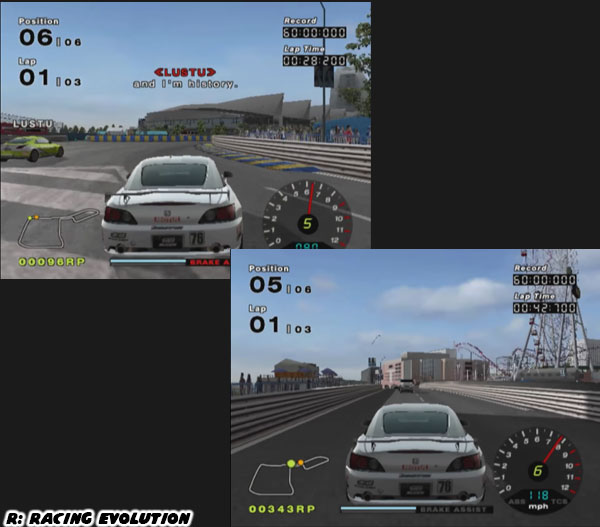
Many legendary race car drivers came from different walks of life. Carroll Shelby, whom I mentioned a long time ago on this blog, was a world-class driver but was also an accomplished test pilot and had a day job as a chicken farmer. Richard Petty of NASCAR fame (the King in Pixar's Cars film) honed his skills at a young age by running moonshine through the hills of North Carolina. The first licensed female top fuel race car driver was Shirley "Cha Cha" Muldowney. As a teenager she didn't find school appealing and just wanted to race hot rods all day. Her boyfriend was a mechanic and built her first dragster. She was a naturally gifted driver and won several world championships and tore down many barriers along the way. I wish I could say that Rena was inspired by Shirley Muldowney or CART icon
Lyn St. James but she wasn't. Her inspiration was derived more from fictional characters in Japanese racing manga. I will spend more time on the female racing legacy from Namco in a future blog, for now I want to say that it was a great decision to have Rena be the star of the game.
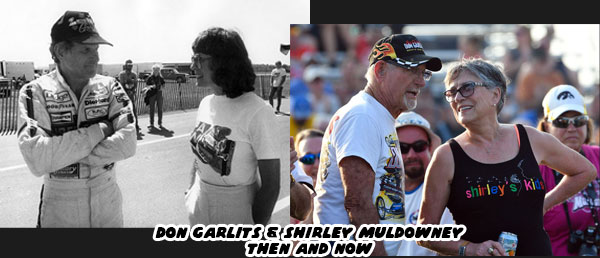
It turned out that there was nothing simple about becoming a professional race car driver. Rena had to work her way through the classes and earn her place on the team. Game players got a chance to enjoy the different stages of a pro drivers life and see how competitive the job could really be. The cars in each class handled differently and Rena, or rather the player, was expected to adapt right away to the changing conditions. What surprised me was the introduction of a villain in Racing Life mode. At first players assumed that the Spanish race car driver Gina Cavalli was the antagonist.
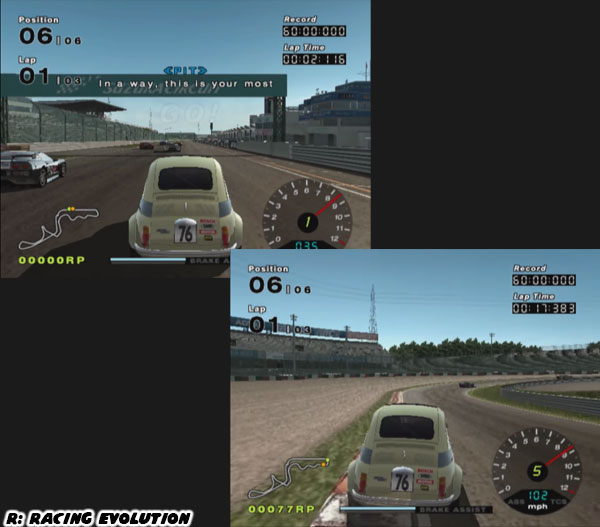
The rivalry was framed with Gina being a seasoned driver that had worked her way up to the pros and now felt threatened by a younger upstart. It turned out that Gina was nowhere near the biggest threat to Rena or any of the other drivers. The bad guy in the game not a person but a corporation. G.V.I. (a fictional company) was the benefactor behind Stephan Garnier and his team. The senior shareholders and president of G.V.I. were shown at several points through the Racing Life mode. They were kept in the shadows of a board room. Cigar smoke filled the air and chilled drinks sat on coasters in front of the members. They watched the progress of their most recent "investment" on a projector. Namco meant for these men to come across as extremely powerful and somewhat creepy. They were doing a good job at reflecting the drama that many real world corporations had in professional racing.
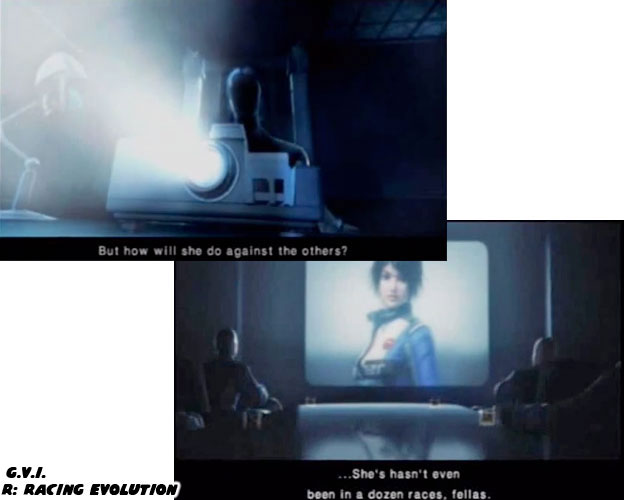
Wherever there was money there would also be greed and corruption. It followed every major sport the world over including auto racing. There was certainly a division between what the fans thought they knew and what actually went on behind the scenes. The technology battle between the engine, aeromotive, transmission, tire and manufacturing partners are as heated as those working on billion dollar military contracts. All of those companies guard their patents ferociously yet are always looking to exploit a leak from a rival corporation.
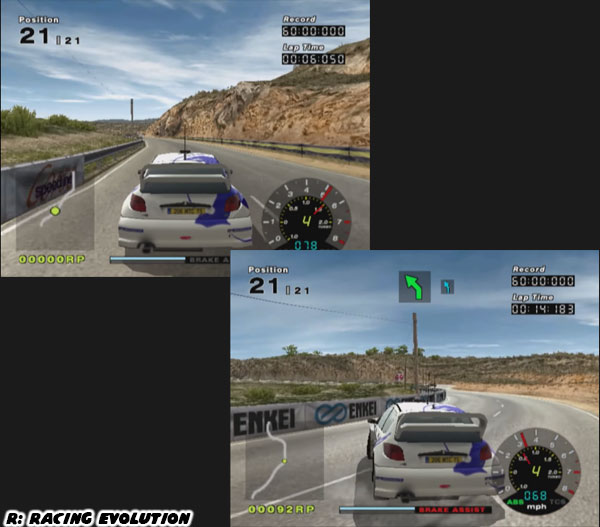
Teams are not always transparent. They try to groom a driver that has a personality that appeals to the public yet is inaccessible to the masses. They sometimes have to contend with moles on a crew leaking information to rivals. The more high profile the racing events are the more important the back room dealings become. Imagine what type of pull it takes at a community, county and state level to get a Formula-1 race to happen. People like
F1 boss Bernie Ecclestone do not hang out with celebrities as much as they socialize with kings, sultans and presidents.
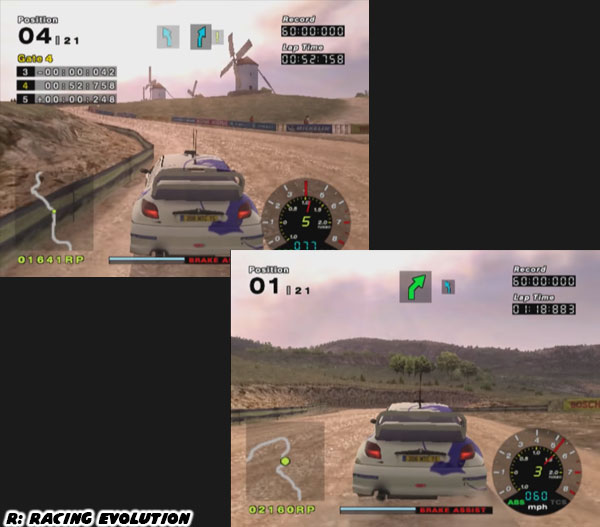
The logistics of getting hundreds of thousands of fans in and out of a venue is just part of the challenge. Racing organizations have a brand to protect and a certain image to project. The mayor and city council members of a town know what the expectations are if they are selected to host a race. Police will spend more time rounding up petty criminals or forcing homeless people to move out of a district so that visitors get a favorable impression during race weekend. Environmental concerns over excessive noise and traffic on a delicate ecosystem can get overlooked. Permits may be denied for people that try to air grievances or assemble during the event.
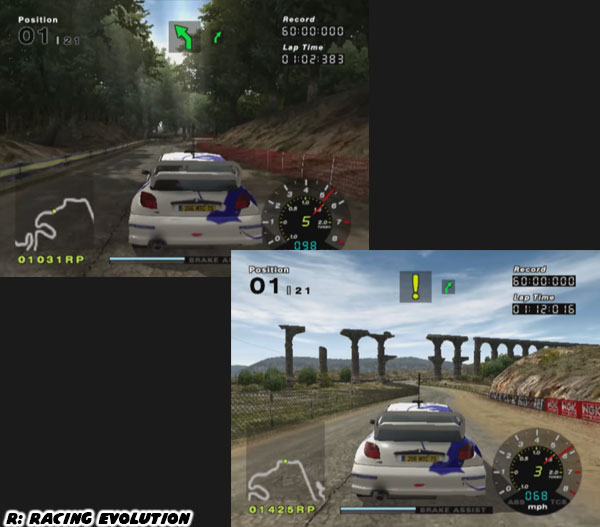
The people with the money and the political pull can even bend the rules for the racers themselves. All of the major motorsports have an organizing body. They make sure that cars and drivers adhere to specific rules, weights, engines and classes. On race day any car that does not meet the outlined specifications is supposed to be pulled from a race. Yet those in the know have heard a few stories where someone from "upstairs" phones in the officials after a car is sidelined and allows it to compete. A popular driver gets people in the stands, and more important, gets people to spend their money. A savvy team manager and crew chief knows when they can push their luck and get an unfair advantage from the system. They have earned the favor of corporations who stand to make billions while a driver earns millions.
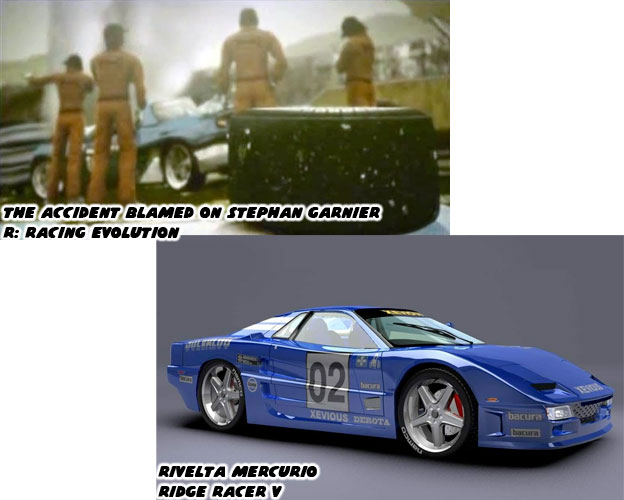
G.V.I. represents the organizations that are so massive that they do not own one, but instead multiple teams under different banners. They do not mind pitting their own drivers against each other just to see which ones they will continue to invest in. In Racing Life mode the story of Stephan Garnier is revealed in flashbacks. He used to run his own team but an accident almost took the life of his star driver. Long-time Ridge Racer fans noticed that the car featured in the accident photo was a Rivelta Mercurio from Ridge Racer V. It was the only fictional car featured in the otherwise all true-life manufacturer lineup. Fans were hoping to see how the Ridge Racer cars would hold up to the best real super cars of the current era.

Sadly Namco decided that in this continuity there would be no crossovers. But I digress… Stephan found it difficult to keep going amid the controversy and had to go to G.V.I. for help. The corporation picked him up for his knowledge and expertise. Yet they ran like the mob and expected unconditional loyalty and a hefty return on their investment. With his back to the wall Stephan took a major gamble on selecting Rena Hayami to replace his driver. He didn't tell her what the stakes were when she joined his team, nor that she was actually replacing the driver she had saved at the start of the game. Over the course of several races Garnier crew chief Eddie and rival driver Gina warned Rena about the influence that GV.I. had, specifically that they were capable of pulling the strings of Stephan.
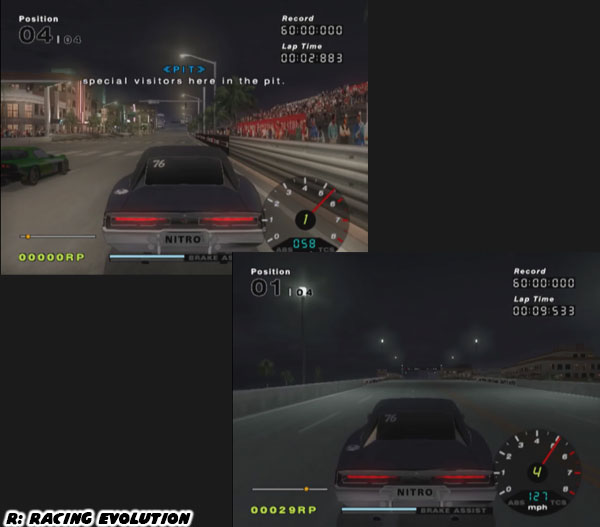
Gina Cavalli turned out to be a friendly rival in the end. Her sponsors at Team Riccardi had stayed away from G.V.I. and their illegal activities. It would take the player the entire game to find out just what made G.V.I. so bad to begin with. Rena and Stephan would be challenged on and off the track. Winning a series would become their only means to break away from G.V.I. Near the end of the game Stephan had enough of G.V.I.'s oversight. He quit his spot and asked Rena via a letter to leave them and join his new team instead. They would become partners and get a fresh start. It took Rena a few more races to make her decision but in the end she would join team Garnier and bring along crew chief Eddie. The news of this decision did not sit well with the senior members of G.V.I. In one final cinema the president warned what they would do to those that tried to leave the "family."
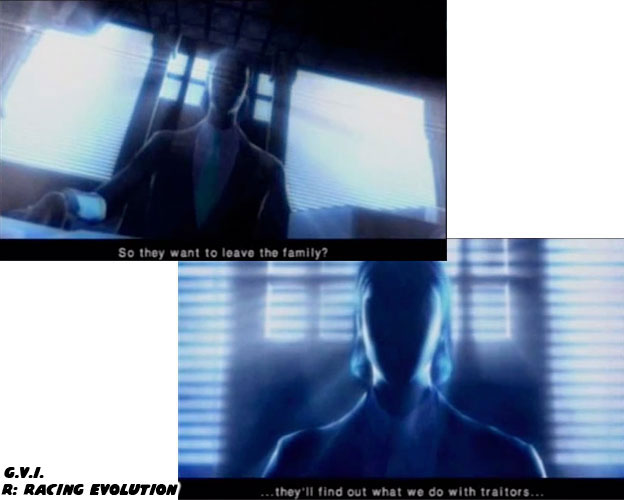
The racing community had its eyes on Team Garnier and G.V.I. couldn't exact any revenge in public. Instead they continued to pull the strings behind the scenes. As a team owner and driver Rena suddenly found it much more difficult to place as well as she used to. Certainly there was a gap with her R&D budget compared to the well-off G.V.I. teams. Yet there was also the hint that G.V.I. was making sure that the calls were coming from upstairs to give her team more oversight from officials and make it harder for them to qualify. Rejecting the advances of corporate benefactors was a risk that many privateer teams have had to endure over the past century.
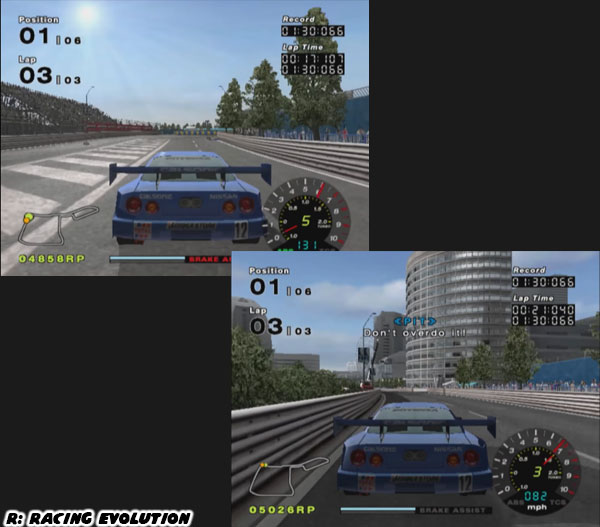
Seeing this type of drama turned into the plot of a racing videogame was sublime. It had not been done before or since for that matter. The team at Namco had demonstrated that they could turn an arcade racer into a simulator title, capturing completely different gameplay elements in the process. This would not have been possible without allowing the villains to dictate the pace of the game. It was something that Namco had become very good at over the past few decades. Challenge and conflict were the biggest motivators in the most successful titles from the studio. The next blog will look at this legacy.
As always if you would like to sponsor me
please visit my Patreon page and consider donating each month, even as little as $1 would help make better blogs and even podcasts!


























The corporation the main villian in the speed racer film, resident evil, (umbrella) behind the scenes in Virtua Cop EVL corporation (that was just funny)
ReplyDelete